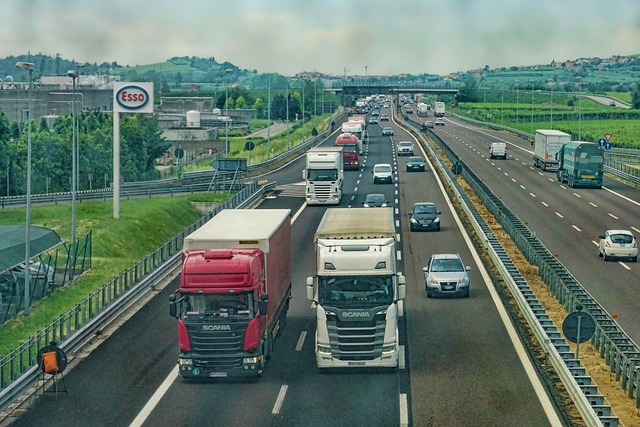Revamping Tradition: The Rise of Vinyl Wrapped Tuktuks in Urban Transport
In recent years, urban transport has seen a remarkable transformation with the introduction of vinyl wrapped tuktuks. These vibrant, eye-catching vehicles are not just a feast for the eyes; they are also playing a pivotal role in promoting local businesses and enhancing the tourism experience in cities around the world.
The Aesthetic Appeal of Vinyl Wrapped Tuktuks
Gone are the days when tuktuks were simply utilitarian vehicles. With the advent of vinyl wrapping technology, these traditional three-wheelers have undergone a significant makeover. Here are some of the reasons why vinyl wrapped tuktuks are making waves:
- Custom Designs: Vinyl wraps allow for endless customization options. From colorful graphics to intricate designs, tuktuks can be transformed to reflect local culture or specific themes.
- Branding Opportunities: Local businesses can utilize vinyl wrapped tuktuks as mobile advertisements. This not only helps in brand visibility but also creates a unique identity for the business.
- Environmental Impact: Vinyl wraps are often more sustainable compared to traditional paint jobs. They can be easily removed or replaced, allowing for updates without the waste associated with repainting.
Boosting Local Businesses and Tourism
Vinyl wrapped tuktuks are more than just a pretty face. They serve as a dynamic marketing tool that can significantly impact local economies:
- Attracting Tourists: A colorful, well-designed tuktuk can catch the eye of tourists, making them more likely to engage with the service. This can lead to increased rides and exposure for local attractions.
- Supporting Local Artisans: Many tuktuks feature designs created by local artists, showcasing the talent within the community and providing them with a platform to reach a wider audience.
- Creating a Unique Experience: Tourists are drawn to experiences that are authentic and memorable. A ride in a vinyl wrapped tuktuk offers a distinctive way to explore a city, making it a talking point and a highlight of their trip.
Case Studies: Cities Embracing Vinyl Wrapped Tuktuks
Several cities around the globe have successfully integrated vinyl wrapped tuktuks into their urban transport systems. Here are a few notable examples:
- Bangkok, Thailand: A hub for tuktuks, Bangkok has embraced vinyl wraps to promote local attractions and businesses. Visitors can now find tuktuks decorated with vibrant images of temples, street food, and local artists.
- Jaipur, India: In the Pink City, tuktuks adorned with artistic representations of local culture not only enhance the city’s aesthetic but also serve as a canvas for tourism campaigns.
- Cebu, Philippines: Cebu has introduced vinyl wrapped tuktuks to promote eco-tourism. Each tuktuk tells a story about local conservation efforts and attractions, encouraging visitors to explore responsibly.
Challenges and Considerations
While the rise of vinyl wrapped tuktuks presents numerous benefits, there are also challenges that need to be addressed:
- Regulatory Hurdles: In some regions, regulations regarding vehicle modifications can hinder the adoption of vinyl wraps.
- Durability Issues: Depending on the quality of the vinyl and environmental factors, wraps can wear down over time, necessitating replacement.
- Initial Costs: The upfront cost of wrapping a tuktuk can be a barrier for some drivers or operators, despite potential long-term marketing benefits.
Conclusion: The Future of Urban Transport
The rise of vinyl wrapped tuktuks is a testament to the innovative spirit of urban transport. By merging aesthetics with functionality, these vehicles are not only redefining how we perceive tuktuks but are also contributing to the local economy and tourism. As cities continue to embrace this trend, we can expect to see even more creative designs and community-focused initiatives, making urban transport a vibrant part of the cityscape.


